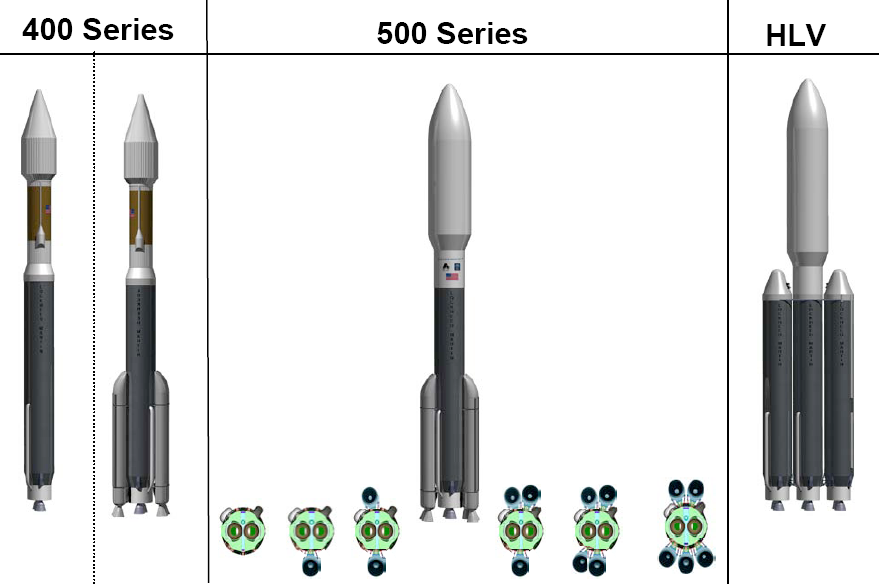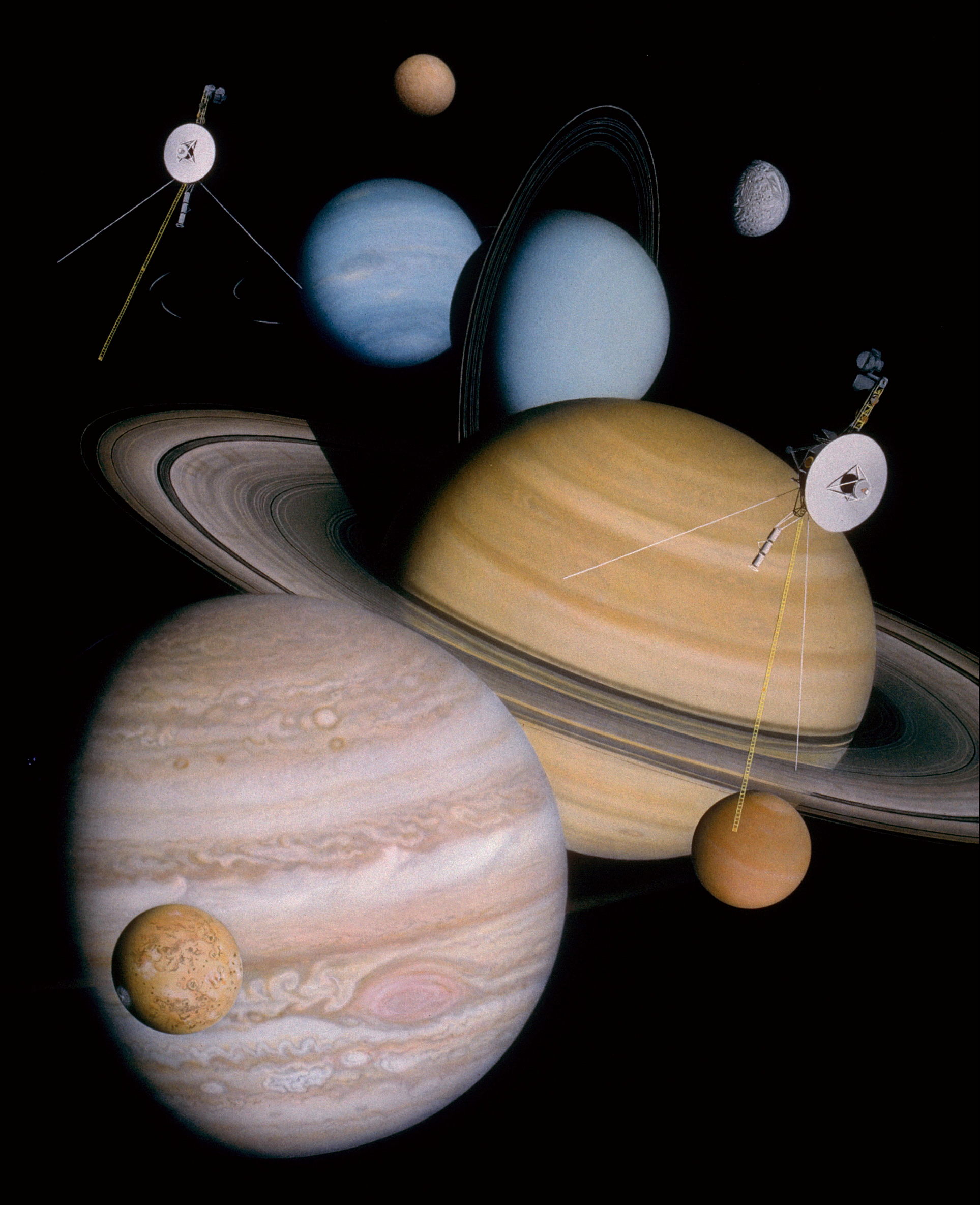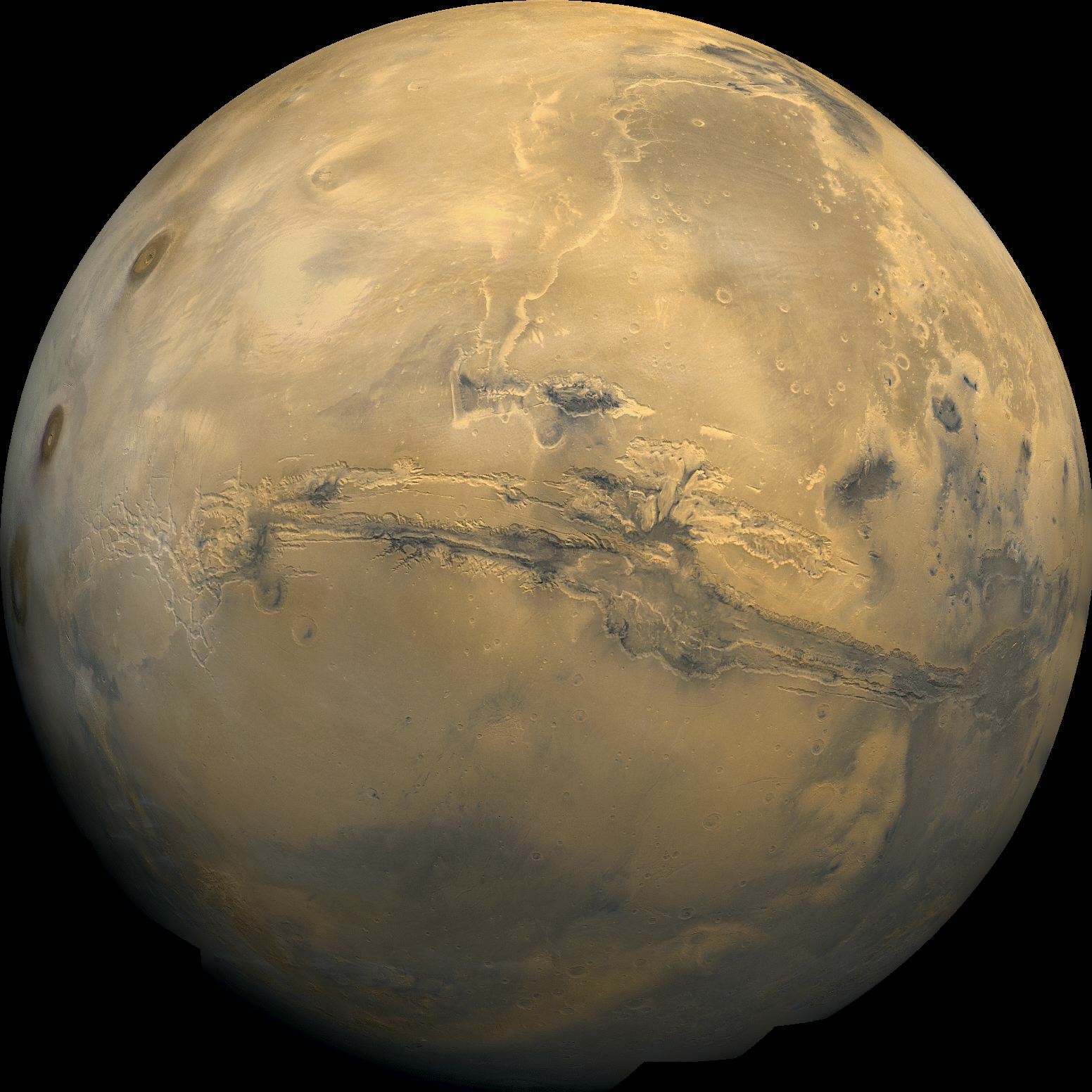|
Cape Canaveral Air Force Station Space Launch Complex 41
Space Launch Complex 41 (SLC-41), previously Launch Complex 41 (LC-41), is an active launch site at Cape Canaveral Space Force Station. As of 2020, the site is used by United Launch Alliance (ULA) for Atlas V launches. Previously, it had been used by the USAF for Titan III and Titan IV launches. Atlas V After the last Titan launch, the complex was renovated to support the Atlas V. SLC-41 was the site of the first-ever Atlas V launch on 21 August 2002, lifting Hot Bird 6, a Eutelsat geostationary communications spacecraft built around a Spacebus 3000B3 bus. Atlas V rockets are assembled vertically on a mobile launcher platform in the Vertical Integration Facility, located to the south of the pad. The MLP is transported to the launch pad on rails about a day before launch. Modifications for supporting human spaceflight In September 2015, pad modifications began to support human spaceflight with the Boeing CST-100 Starliner. Modifications include the addition of a launch se ... [...More Info...] [...Related Items...] OR: [Wikipedia] [Google] [Baidu] |
Atlas V
Atlas V is an expendable launch system and the fifth major version in the Atlas (rocket family), Atlas launch vehicle family. It was originally designed by Lockheed Martin, now being operated by United Launch Alliance (ULA), a joint venture between Lockheed Martin and Boeing. Atlas V is also a major NASA launch vehicle. It is America's longest-serving active rocket. In August 2021, ULA announced that Atlas V would be retired, and all 29 remaining launches had been sold. , 19 launches remain. Each Atlas V launch vehicle consists of two main stages. The first stage (rocketry), first stage is powered by a Russian RD-180 engine manufactured by NPO Energomash, Energomash and burning kerosene and liquid oxygen. The Centaur (rocket stage), Centaur upper stage is powered by one or two American RL10 engine(s) manufactured by Aerojet Rocketdyne and burns liquid hydrogen and liquid oxygen. The Star 48 upper stage was used on the ''New Horizons'' mission as a third stage. strap-on booster, ... [...More Info...] [...Related Items...] OR: [Wikipedia] [Google] [Baidu] |
Vertical Integration Building
The Vertical Integration Building was a building at Cape Canaveral Space Force Station in Florida, located at the far south end of the industrial area supporting SLC-40 and SLC-41. The building was one of the facilities of the Integrate-Transfer-Launch complex that was used to support Titan III and Titan IV launches. These expendable launch systems were operated by the United States Air Force, both at CCAFS and at Vandenberg Air Force Base in California from 1965 to 2005. Several Titan rockets could be vertically integrated at the same time inside the Vertical Integration Building. In that respect it was a precursor to the Vehicle Assembly Building used for the Saturn V and Space Shuttle The Space Shuttle is a retired, partially reusable low Earth orbital spacecraft system operated from 1981 to 2011 by the U.S. National Aeronautics and Space Administration (NASA) as part of the Space Shuttle program. Its official program na .... The Vertical Integration Building was dis ... [...More Info...] [...Related Items...] OR: [Wikipedia] [Google] [Baidu] |
Mars 2020
Mars 2020 is a Mars rover mission forming part of NASA's Mars Exploration Program that includes the rover ''Perseverance'', the small robotic, coaxial helicopter '' Ingenuity'', and associated delivery vehicles. Mars 2020 was launched from Earth on an Atlas V launch vehicle at 11:50:01 UTC on 30 July 2020, and confirmation of touch down in the Martian crater Jezero was received at 20:55 UTC on 18 February 2021. On 5 March 2021, NASA named the landing site of the rover Octavia E. Butler Landing. As of , ''Perseverance'' and ''Ingenuity'' have been on Mars for sols ( total days; '). ''Perseverance'' will investigate an astrobiologically relevant ancient environment on Mars and investigate its surface geological processes and history, including the assessment of its past habitability, the possibility of past life on Mars, and the potential for preservation of biosignatures within accessible geological materials. It will cache sample containers along its route for retr ... [...More Info...] [...Related Items...] OR: [Wikipedia] [Google] [Baidu] |
Mars Science Laboratory
Mars Science Laboratory (MSL) is a robotic spacecraft, robotic space probe mission to Mars launched by NASA on November 26, 2011, which successfully landed ''Curiosity (rover), Curiosity'', a Mars rover, in Gale (crater), Gale Crater on August 6, 2012. The overall objectives include investigating Mars' Planetary habitability, habitability, studying its Climate of Mars, climate and Planetary geology, geology, and collecting data for a human mission to Mars. The rover carries a variety of scientific instruments designed by an international team. Overview MSL successfully carried out the most accurate Martian landing of any known spacecraft at the time, hitting a small target landing ellipse of only , in the Aeolis Palus region of Gale Crater. In the event, MSL achieved a landing east and north of the center of the target. This location is near the mountain Aeolis Mons (a.k.a. "Mount Sharp"). The rover mission is set to explore for at least 687 Earth days (1 Martian year) ove ... [...More Info...] [...Related Items...] OR: [Wikipedia] [Google] [Baidu] |
Mars
Mars is the fourth planet from the Sun and the second-smallest planet in the Solar System, only being larger than Mercury (planet), Mercury. In the English language, Mars is named for the Mars (mythology), Roman god of war. Mars is a terrestrial planet with a thin atmosphere (less than 1% that of Earth's), and has a crust primarily composed of elements similar to Earth's crust, as well as a core made of iron and nickel. Mars has surface features such as impact craters, valleys, dunes and polar ice caps. It has two small and irregularly shaped moons, Phobos (moon), Phobos and Deimos (moon), Deimos. Some of the most notable surface features on Mars include Olympus Mons, the largest volcano and List of tallest mountains in the Solar System, highest known mountain in the Solar System and Valles Marineris, one of the largest canyons in the Solar System. The North Polar Basin (Mars), Borealis basin in the Northern Hemisphere covers approximately 40% of the planet and may be a la ... [...More Info...] [...Related Items...] OR: [Wikipedia] [Google] [Baidu] |
Jupiter
Jupiter is the fifth planet from the Sun and the List of Solar System objects by size, largest in the Solar System. It is a gas giant with a mass more than two and a half times that of all the other planets in the Solar System combined, but slightly less than one-thousandth the mass of the Sun. Jupiter is the List of brightest natural objects in the sky, third brightest natural object in the Earth's night sky after the Moon and Venus, and it has been observed since Pre-history, prehistoric times. It was named after the Jupiter (mythology), Roman god Jupiter, the king of the gods. Jupiter is primarily composed of hydrogen, but helium constitutes one-quarter of its mass and one-tenth of its volume. It probably has a rocky core of heavier elements, but, like the other giant planets in the Solar System, it lacks a well-defined solid surface. The ongoing contraction of Jupiter's interior generates more heat than it receives from the Sun. Because of its rapid rotation, the planet' ... [...More Info...] [...Related Items...] OR: [Wikipedia] [Google] [Baidu] |
Juno (spacecraft)
''Juno'' is a NASA space probe orbiting the planet Jupiter. It was built by Lockheed Martin and is operated by NASA Jet Propulsion Laboratory. The spacecraft was launched from Cape Canaveral Air Force Station on August 5, 2011 UTC, as part of the New Frontiers program. ''Juno'' entered a polar orbit of Jupiter on July 5, 2016, UTC, to begin a scientific investigation of the planet. After completing its mission, ''Juno'' will be intentionally deorbited into Jupiter's atmosphere. ''Juno'' mission is to measure Jupiter's composition, gravitational field, magnetic field, and polar magnetosphere. It will also search for clues about how the planet formed, including whether it has a rocky core, the amount of water present within the deep atmosphere, mass distribution, and its deep winds, which can reach speeds up to . ''Juno'' is the second spacecraft to orbit Jupiter, after the nuclear powered ''Galileo'' orbiter, which orbited from 1995 to 2003. Unlike all earlier spacecr ... [...More Info...] [...Related Items...] OR: [Wikipedia] [Google] [Baidu] |
Mars Reconnaissance Orbiter
''Mars Reconnaissance Orbiter'' (MRO) is a spacecraft designed to study the geology and climate of Mars, provide reconnaissance of future landing sites, and relay data from surface missions back to Earth. It was launched on August 12, 2005, and reached Mars on March 10, 2006. In November 2006, after five months of aerobraking, it entered its final science orbit and began its primary science phase. The cost to develop and operate MRO through the end of its prime mission in 2010 was . The spacecraft continues to operate at Mars, far beyond its intended design life. Due to its critical role as a high-speed data-relay for ground missions, NASA intends to continue the mission as long as possible, at least through the late 2020s. Pre-launch After the twin failures of the ''Mars Climate Orbiter'' and the Mars Polar Lander missions in 1999, NASA reorganized and replanned its Mars Exploration Program. In October 2000, NASA announced its reformulated Mars plans, which reduced the numb ... [...More Info...] [...Related Items...] OR: [Wikipedia] [Google] [Baidu] |
Voyager Program
The Voyager program is an American scientific program that employs two robotic interstellar probes, ''Voyager 1'' and ''Voyager 2''. They were launched in 1977 to take advantage of a favorable alignment of Jupiter and Saturn, to Flyby (spaceflight), fly near them while collecting data for transmission back to Earth. After launch the decision was taken to send ''Voyager 2'' near Uranus and Neptune to collect data for transmission back to Earth. As of 2022, the Voyagers are still in operation past the outer boundary of the heliosphere in interstellar space. They collect and transmit useful data to Earth. , ''Voyager 1'' was moving with a velocity of , or 17 km/s, relative to the Sun, and was from the Sun reaching a distance of from Earth as of February 10, 2022. On 25 August 2012, data from ''Voyager 1'' indicated that it had entered interstellar space. , ''Voyager 2'' was moving with a velocity of , or 15 km/s, relative to the Sun, and was from the Sun reaching a distan ... [...More Info...] [...Related Items...] OR: [Wikipedia] [Google] [Baidu] |
Viking Program
The ''Viking'' program consisted of a pair of identical American space probes, ''Viking 1'' and ''Viking 2'', which landed on Mars in 1976. Each spacecraft was composed of two main parts: an orbiter designed to photograph the surface of Mars from orbit, and a lander designed to study the planet from the surface. The orbiters also served as communication relays for the landers once they touched down. The Viking program grew from NASA's earlier, even more ambitious, Voyager Mars program, which was not related to the successful Voyager deep space probes of the late 1970s. ''Viking 1'' was launched on August 20, 1975, and the second craft, ''Viking 2'', was launched on September 9, 1975, both riding atop Titan IIIE rockets with Centaur upper stages. ''Viking 1'' entered Mars orbit on June 19, 1976, with ''Viking 2'' following on August 7. After orbiting Mars for more than a month and returning images used for landing site selection, the orbiters and landers detached; the lander ... [...More Info...] [...Related Items...] OR: [Wikipedia] [Google] [Baidu] |
Helios (spacecraft)
''Helios-A'' and ''Helios-B'' (after launch renamed ' and ') are a pair of probes that were launched into heliocentric orbit to study solar processes. As a joint venture between German Aerospace Center (DLR) and NASA, the probes were launched from Cape Canaveral Air Force Station, Florida, on December10, 1974, and January15, 1976, respectively. The Helios project set a maximum speed record for spacecraft of . ''Helios-B'' performed the closest flyby of the Sun of any spacecraft until that time. The probes are no longer functional, but as of 2022 remain in elliptical orbits around the Sun. Construction The Helios project was a joint venture of West Germany's space agency DLR (70 percent share) and NASA (30 percent share). As built by the main contractor, Messerschmitt-Bölkow-Blohm, they were the first space probes built outside the United States and the Soviet Union to leave Earth orbit. Structure The two ''Helios'' probes look similar. ''Helios-A'' has a mass of , an ... [...More Info...] [...Related Items...] OR: [Wikipedia] [Google] [Baidu] |
Titan IVA Centaur With Mercury ELINT Spy Satellite
Titan most often refers to: * Titan (moon), the largest moon of Saturn * Titans, a race of deities in Greek mythology Titan or Titans may also refer to: Arts and entertainment Fictional entities Fictional locations * Titan in fiction, fictionalized depictions of the moon of Saturn * Titan (Marvel Comics location), a moon ** Titan (Marvel Cinematic Universe), its Marvel Cinematic Universe counterpart * Titan, a moon in the list of locations of the DC Universe * Titan, a ''Fighting Fantasy'' gamebooks world Fictional characters * Titan (Dark Horse Comics), a superhero * Titan (Imperial Guard), a Marvel Comics superhero * Titan (New Gods), from DC Comics' ''Darkseid's Elite'' * Titan, in the Infershia Pantheon * Titan, in ''Megamind'' * Titan, in '' Sym-Bionic Titan'' * King Titan, on ''Stingray'' (1964 TV series) Fictional species and groups * Titan (''Dune'') * Titan (''Dungeons & Dragons'') * Teen Titans, a DC superhero team * Titan Legions, units in the tabletop game '' ... [...More Info...] [...Related Items...] OR: [Wikipedia] [Google] [Baidu] |
.jpg)







